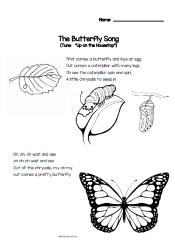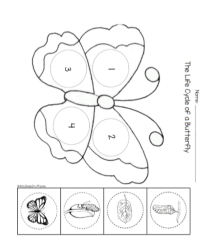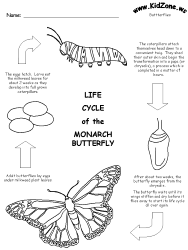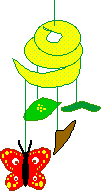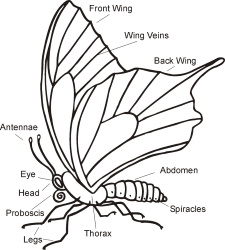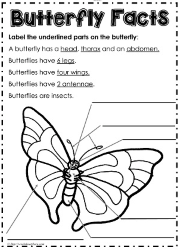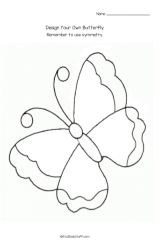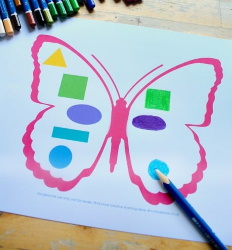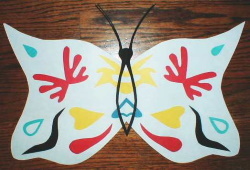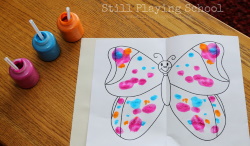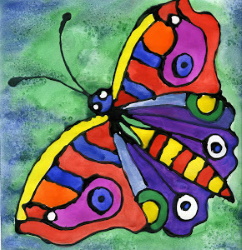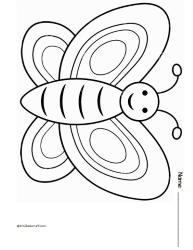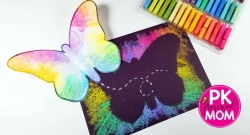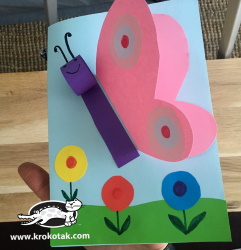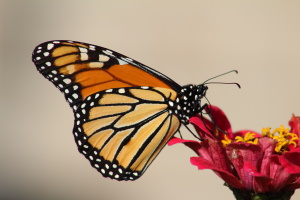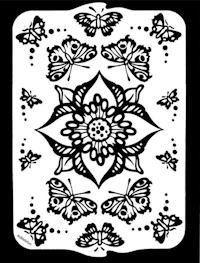Monarch Butterfly - School-Age
Monarch Butterfly
The monarch butterfly is the best known butterfly in North America. Monarch butterflies are easy to recognize by their orange, black, and white markings. The wings of a monarch are bright orange with black veins, rimmed with a black border with white dots. The average wing span of a full-grown monarch is four inches (10 cm).
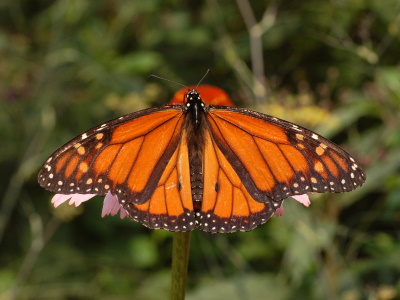
Distribution
The Monarch Butterfly is native to the North American continent. The Monarchs range from North American to Central America and northern South America. It has been found in Australia, some Pacific Islands, and India. It rarely strays to western Europe, it can be transported there by ships or fly if the weather and wind conditions are right.
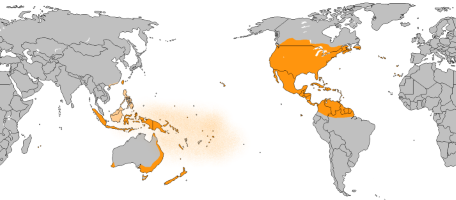
Monarch Butterfly Migration
The largest population of the monarch butterfly is located in southern Canada and the northern United States. Monarchs cannot survive the cold winters of northern climates. Every autumn the monarch butterflies make an amazing migration south of 2,500 to 3,000 miles.
There are three routes the trip south follows. The monarchs that spend their summer between the Rockies and the Great Lakes will fly to Mexico to overwinter (spend the winter) or hibernate in the states of Mexico and Michoacan. Monarchs between the Great Lakes and the Atlantic coast will fly through the Carolinas and Florida and hibernate in the Yucatan Penisula in Mexico. Monarch butterflies that live west of the Rock Mountains will hibernate in parts of California in eucalyptus trees and Mexico.
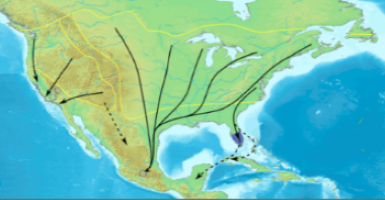
Live Cycle of the Monarch Butterfly Video
Monarch Butterfly Life Cycle
Monarch Life Cycle information and color page.
Monarch Butterfly Diet
Monarch caterpillars only eat the leaves of milkweed plants. Monarch butterflies feed on nectar of flowers.
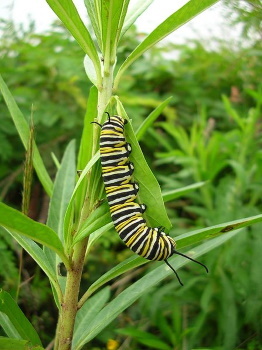
Feeding on milkweed leaves.
The milkweed plants aids in the survival of the Monarch butterfly. The milkweed plant contains
a white milky sap that makes the plant poisonous. Caterpillars of the Monarch butterfly feed on the leaves of the
milkweed plant. They ingest the sap and store it in their bodies. The Monarch butterfly leaves the
chrysalis stage as a poisonous butterfly. It will make predators sick when they feed on the Monarch
butterfly.
Monarch Poisonous
Monarch Butterfly Body
Monarch butterflies are large beautiful flying insects. Monarchs have compound eyes, six legs, three body parts, one pair of antennae, and two sets of wings. Insects usually have two sets of wings. The three body parts are the head, thorax (middle), and abdomen (end).
Symmetry Video
Butterfly Symmetry
Draw an imaginary line down the middle of a butterfly and on either side of this line would be halves that are mirror images of each other.
Easy symmetry activities with printable butterfly templates.
Straw Painting Butterflies or use q-tips
Things to Do
Butterfly color pages.
Rainbow Butterfly Video
See Also
A Tribute to the Monarch Butterfly: How to Turn Your Backyard Into a Butterfly Sanctuary
Recommended
Fly, Butterfly
by Bonnie Bader
Monarch Butterfly
by Gail Gibbons


